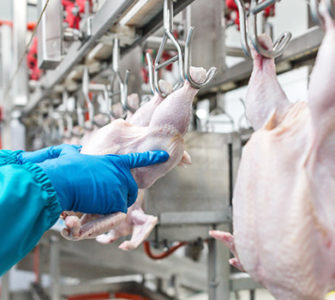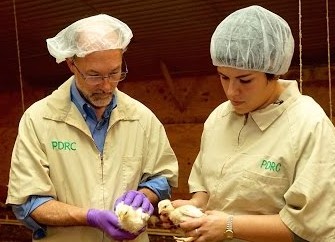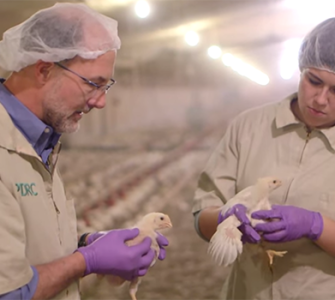What lessons can poultry producers learn from extreme weather events?
Extreme weather can pose a serious challenge for poultry producers — and with weather conditions proving ever-more volatile in some of the US’s key poultry production regions, improved planning and communication are essential to ensure producers can come through the worst with minimum disruption.
That’s according to Ronnie Joe Keyes, live production manager for Koch Foods in Mississippi, who has experienced a range of extreme weather events in his 30 years in the poultry business.
“Here in central Mississippi, I guess you’d say it’s kind of like ‘tornado alley,’” he told Poultry Health Today. “We get one to three tornadoes causing damage to houses every year, from the extreme of being totally wiped to just the roof partially blown off.”
Hurricanes bring hard lessons
Hurricanes have also caused severe disruption to production. Recent years have seen hurricane seasons with numerous named storms, with Hurricane Ida, a notable recent serious weather event, and Katrina, “the hurricane of all hurricanes.”
“We had to learn a lot in a pretty short period of time when all that happened,” he said.
“The biggest issue we had was just getting to the farms, with trees coming down. Then there were power outages, and we had almost no cell phone coverage.”
Keyes said the biggest take-away for him and his team was the importance of having fuel on site.
“After Katrina, we put in a large storage capacity at the feed mill to store up to 30,000 gallons of diesel fuel,” he said. “We’ve got 180 growers and 60 farms on the breeders’ side, so you’ve really got to have everything prepared.”
Power outages not only highlighted the need for fuel but also for having filters, fan belts and batteries on hand.
“One of our largest issues was people just hauling fuel in any tank, any barrel that hadn’t had fuel in it for years, and that’s when you’re going to be dealing with failures. When the generator goes down, you’re pretty much toast,” he said.
Generators are now tested before storms arrive, and they were run for 7 hours before the arrival of Hurricane Ida.
Mortality and feed conversion hit
A potentially catastrophic issue caused by major storms is flooding in lowland areas, with poultry houses that go underwater generally seeing total losses. Keyes has seen this happen about four times in his career. In one case, however, three out of five houses were saved on one farm, after catching rising waters early.
Although delayed movement of birds can lead to delayed vaccination against disease, the biggest impact on bird health and welfare from tornadoes and hurricanes has been elevated feed conversions, he explained.
This was due to the feed mill being out of commission for a number of days, meaning birds were not on full feed. A rise of 15 points on normal feed-conversion rates is typical.
Ice storms pose new challenge
Tornadoes and hurricanes are not the only threats to production from “acts of God.” February 2021 saw Mississippi’s worst ice storm in years, with power outages and impassable roads.
Contractors and company drivers worked over the weekend to get feed to farms ahead of the storm, but the main issues arose from hatching occurring at the same time as the storm’s arrival.
Chicks were held overnight before being moved, some up to two and a half days, with 15% to 20% mortality seen, Keyes explained.
The cold snap also affected birds’ fertility for months afterwards, with younger flocks which were unable to generate enough body heat particularly affected, he noted. To mitigate such problems, pullets and males were given more food for a significant period of time.
Better communication and financial help
Aside from the need for advanced preparations such as readying generators and feed trucks for deliveries, other key points of learning have been around communication, Keyes continued.
A text line has been established between all Koch Foods growers so advance warnings about adverse weather and site conditions can be quickly shared, while mobile phone towers in the area now have backup generators to improve coverage during crises.
Where a grower faces catastrophic losses due to extreme weather, the company has also established a system of financial compensation, he added. If barns are severely damaged or birds need to be moved to another farm, farmers are paid a daily rate based on a five-flock average.
Such changes in producer practices are likely to become standard in areas typically affected, with no prospect of a let-up in severe conditions.
“It seems to be in the past couple of years, we see more and more events that are more extreme than we’ve ever seen before,” he added.
Posted on February 16, 2022

















